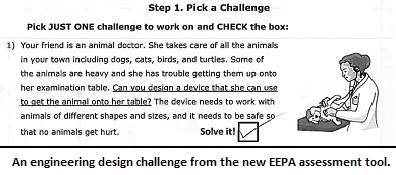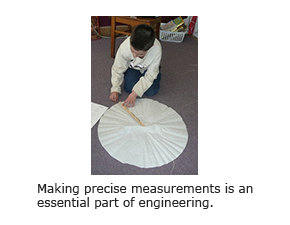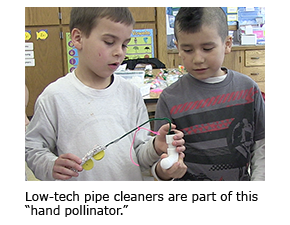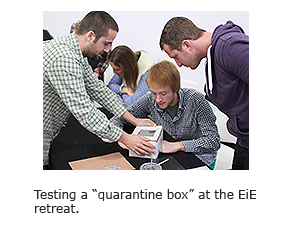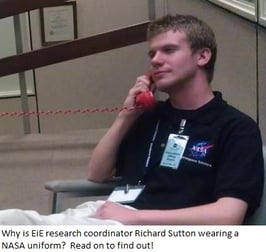 Occasionally on the EiE Blog, we introduce you to the folks on our team and the work they do. Today, meet Richard Sutton, research coordinator. We’ve got a mountain of data coming in from a major, NSF-funded study, and Richard is the gatekeeper. Student assessments, journals, performance evaluations . . . more than 200,000 pieces of data must be entered into our system, and Richard makes it happen.
Occasionally on the EiE Blog, we introduce you to the folks on our team and the work they do. Today, meet Richard Sutton, research coordinator. We’ve got a mountain of data coming in from a major, NSF-funded study, and Richard is the gatekeeper. Student assessments, journals, performance evaluations . . . more than 200,000 pieces of data must be entered into our system, and Richard makes it happen.
Richard is a noteworthy EiE’er for another reason. Over the past several months on the blog, we’ve been talking about engineering habits of mind. His personal story is a perfect example of the habit of mind of persistence.



